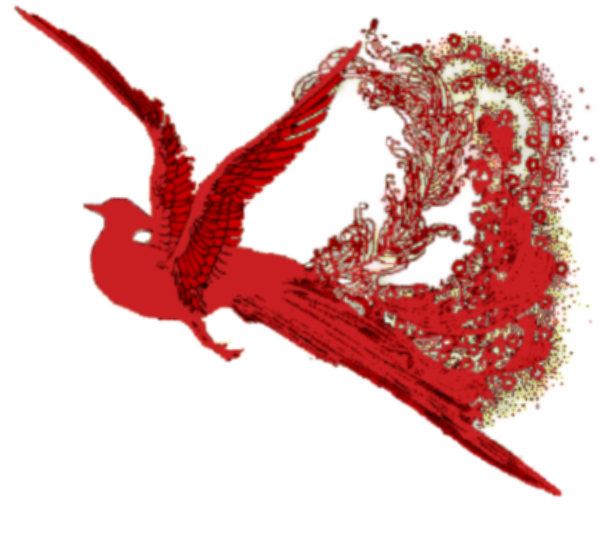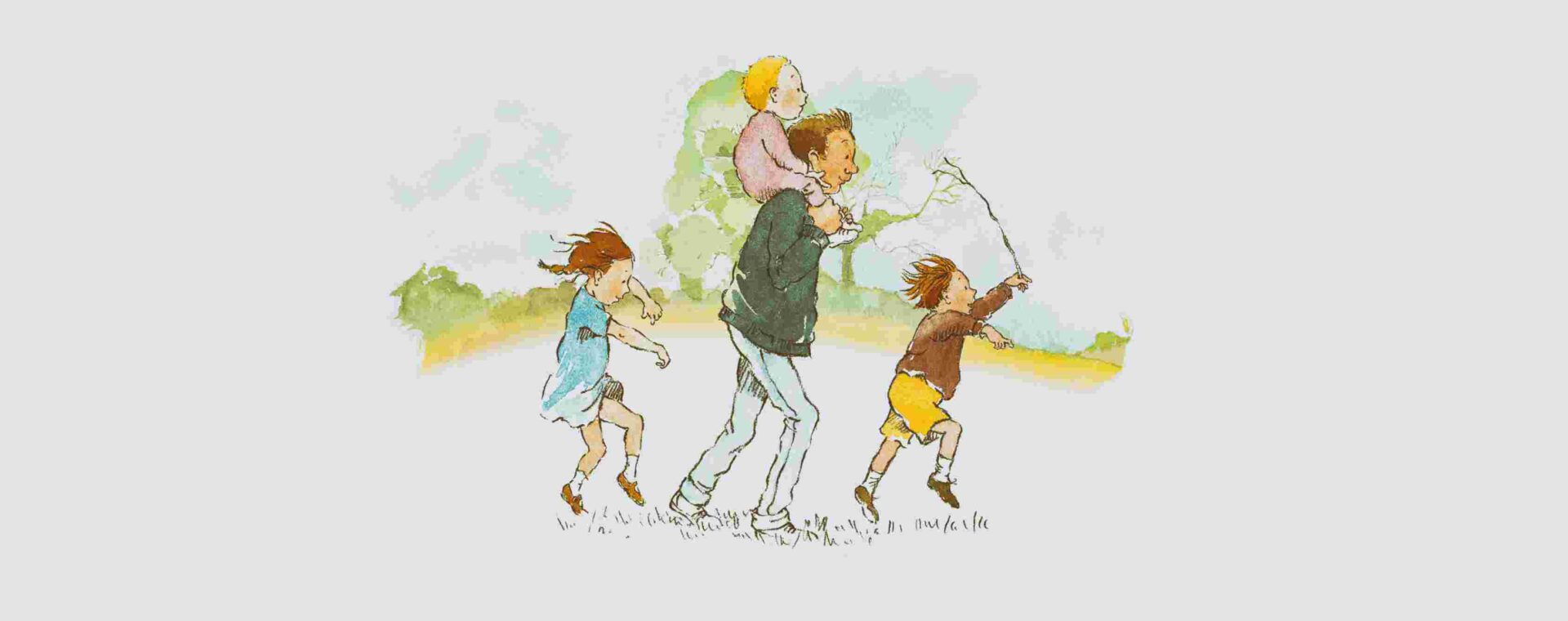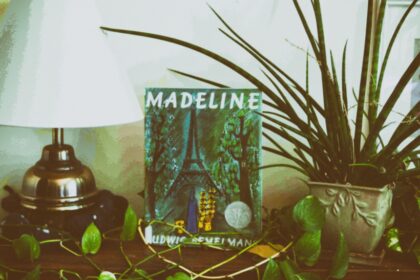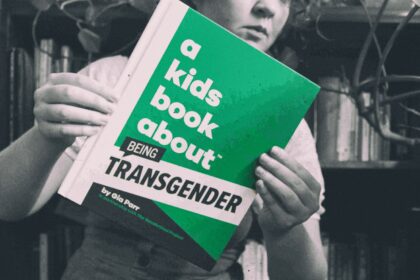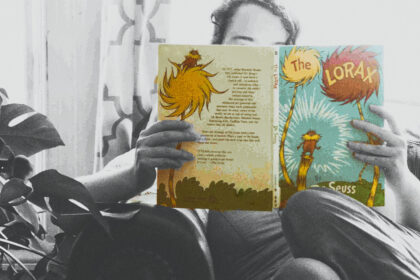When I was a child, my siblings and I would roam through the fields and forests surrounding our houses in both America and Ireland with a freedom that wasn’t typical for many people of my generation. As a kid I felt sure that there was a chance that I would meet with smugglers, discover buried treasure, and maybe even find a bear.
Going on a Bear Hunt, a classic children’s book that’s sold millions of copies since it was first published in 1989, follows the story of four children, plus a baby sister and their dog, going out to hunt a bear.
They travel through grass, a river, mud, a forest and a snowstorm before reaching their goal of finding a bear in a cave. Despite the children declaring over and over again “we’re not afraid,” as soon as they find the bear they rush back home and hide under the covers.
The adventure that they had set out on was actually too dangerous for the children to complete.
When author Michael Rosen adapted the story for an American folk song, he envisioned a king and queen and jester setting off to hunt a bear, but illustrator Helen Oxenbury, instead decided that it should be a group of children, modeled the group on her own children and dog, and didn’t show him any of the pictures until the project was complete.
Michael Rosen admitted that he didn’t understand why children were going on a bear hunt through the English countryside and that he didn’t get how it worked together with his story.
He had an adult perspective that vulnerable children should stay at home and leave it to the adults to take care of the big things like exploring and bears.
But even though children aren’t ready to face bears in reality, they need to have space to go off on their own and have small adventures without adults in order to be ready for when the real bears come along later.
In modern life, children spend far less time surrounded by their peers without any adults around. While children of previous generations were told to go outside and to not come back until dinner, now children have a carefully crafted calendar of activities that parents shuffle them in between.
And while modern parents claim “it was safer back then” it really wasn’t the case. Crime rates were the same or higher; the main difference was that people had limited shows on their TV so rare crimes were less publicized. Parents didn’t fear their children being kidnapped if they played outside because they didn’t often hear about children being kidnapped.
And there are actual risks in allowing children to have independent adventures. In Going on a Bear Hunt the children are quite unprepared to face the danger that they had been actively seeking out, though the chance of meeting with a bear in the British Isles is quite small considering the last wild bears there died out 1500 years ago at the latest.
While I never did face a bear in my wandering around, there were dangers of falls, cars, bullies and perhaps even an occasional cow. But the risks are only one side of the coin. I also developed critical thinking skills, concentration, knowledge of my own limitations, having to work in a group without parents to guide us, and physical strength.
Children love the book Going on a Bear Hunt because they long for adventure and while books are a wonderful way to experience adventure, they need to have space to have small adventures of their own that match the child’s ability and maturity.
